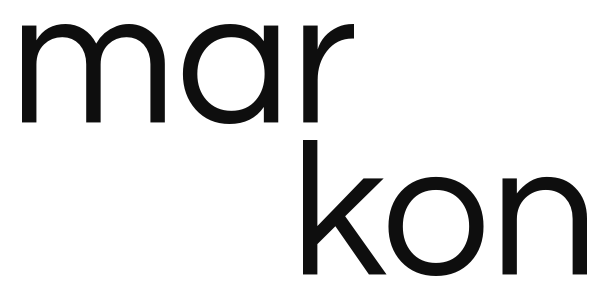What is digital media buying and planning in advertising?
This article was first published in the downloadable first issue of markonmag. The article has since been updated by Keeven Cheong.
Did you know that companies pay more than $5 million for a 30-second advertisement during the Superbowl? 😱
Did you know that Google’s online advertising business made a whopping $53.1 billion in 2021?😱
While you need not emulate the big league market players and buy Superbowl ads, advertisements, in general, are a powerful marketing tool to put your company in front of potential customers.
And to do that, you need to understand what media buying and media planning entail.
But before we delve deeper into what media buying and planning are, let us get to better know the people behind the best ad campaigns you see out there.
What is a digital advertising agency’s team structure like?
A media team controls the way messages are delivered to a company’s customers to maximize impact while minimizing cost for the client.
To achieve that, there needs to be an efficient division of labor. To that end, the media team is divided into several specializations.
First, there are the Media Planners who play a more strategic and coordinative role. They conduct market research on the target audience to determine the best media platforms and channels to run targeted ads.
A media planner essentially determines the way messages are delivered from the client’s marketing plan to their customers. They ask questions like:
Which channels would our audiences be?
Which platform or channel should we use?
How much should we allocate to each channel?
This will allow the media planner to strategize advertising campaigns while minimizing costs for the client.
Some examples of media platforms are offline channels like newspapers, magazines, and Out-of-Home channels (bus stops, buses etc) and online channels (Facebook, Google, LinkedIn, etc).
Media Buyers and/or Performance Specialists, on the other hand, play a more technical role. They oversee the buying of ad spaces and analyze ad performance to further optimize ads.
A media buyer seeks to optimize advertising campaigns while maximizing the budget. Campaign data and Insights provided by the media buyer would help the media planner to recalibrate the media plan for better advertising results.
Of course, let’s not forget the creative team responsible for the messaging and visuals of all the campaigns. Some roles include ad copywriters, video production crew members, and graphic designers.
Now that we have a better understanding of the roles of a media planner and a media buyer, let’s dive into the specifics of media buying and media planning!
What is media planning?
Media planning is the process of selecting the optimal combination of media platforms like Facebook and Instagram to advertise a marketing message.
This process entails steps like:
Conducting market research to determine who to advertise to
Identifying specific platforms to run ad campaigns
Establishing media objectives, goals, and platforms to decide where to advertise on
Knowing what the budget is to maximize the spending
If these elements are adequately integrated into the planning phase, an effective media plan will be formulated.
An effective media plan would help you find advertising opportunities that target a specific audience and match an organization’s marketing budget.
What is media buying?
Media buying follows up on the media plan. It involves monitoring ad performance and provides marketing analytics on how to adjust the strategy to optimize the ad campaign’s performance.
Media buying typically utilizes one of the following methods: manual bidding, direct buying, or programmatic buying.
For manual bidding, the media buyer bids for ad spaces on a digital media buying platform like AdWords.
When it comes to direct buying, media buyers negotiate ad rates and run times with a specific advertiser directly. By choosing where and when to run the advertisements, the media buyer is better able to tailor ad displays according to the media plan.
Programmatic buying, on the other hand, automates media buying by utilizing AI to bid for ad space on media platforms. Some of which include ad spaces on online news publications. Programmatic buying relies on data to ensure that the ads reach the right target audience at the right time and in the right places.
It is important to note that while I’m predominantly discussing online media buying, media planning and buying works for both online and offline campaigns.
The process of media buying and media planning
All ad campaigns start with the media planning phase before moving on to media buying. Here is a brief summary of what that process looks like.
Steps involved in Media planning
Determine media goals and objectives
Determine target audience and their interests through market research
Steps involved in Media buying
Purchase of ad spaces based on the media plan
Constant monitoring of the ad performance to ensure effective media delivery
Analyze the effectiveness of the campaign and draw insights to optimize campaign performance
Refine and improve ads
Wrapping up our deep dive into media buying and planning
Most people think that a successful advertising campaign requires good ad copywriting and aesthetically pleasing visuals.
While those are important, you can’t run a successful ad campaign without proper media buying and media planning processes in place. They are needed to help determine where and when to run your advertisements and to identify what works and what doesn’t.
Now, this guide to media buying and media planning are but a few of the many foundational marketing concepts. To learn more about the various fields of marketing, be sure to check out more of such content published on this free online marketing magazine!
